
What melted those stone stairs?
So many mysteries from humanity's past…

Once a legitimate blog. Now just a collection of memes 'n menz.
Climbing to the top of any of the Giza pyramids was banned in 1951. Enforcement has been lax, but if caught, one can face up to three years in an Egyptian prison, although it appears more likely that If you're a tourist who feigns ignorance of the law, punishment is simply being banned from the country for life.
Thanks to modern drone photography, actually scaling the monument is no longer physically necessary, as shown in the photos above of the "Great" pyramid, or as it's also known, the Pyramid of Khufu/Cheops.
While certainly not impossible, climbing to the top of the "smaller" of the two largest Giza Pyramids, the Pyramid of Khafre (or Chephren as it's known in Greek). has always been a bit more problematic as the original smooth casing stones are more-or-less intact on the upper quarter of the edifice as shown below:
But again, thanks to modern drone technology, we get a birds-eye view of this Pyramid as well:
…called Scanning The Pyramids, and they were describing Caliph al Ma'mun's breaching of the Great Pyramid in the ninth century. (Supposedly the first time it had been entered since its construction was completed ~2000 years earlier.) At the time of the breaching, the exterior of the pyramid was still covered in polished limestone and there were no visible entrances. The original account described how, once they gained entrance, Ma'mum's men were overcome by the number of bats and their guano found in the inner passageways.
In my mind, this raises an interesting question: if there were no openings to the pyramid prior to al Ma'mun's exploration where did the bats come from? How did they get inside? We now know there are at least two "air shafts" that lead from both the King's and Queen's chambers to the outer casing of the pyramid, but are we to believe that bats somehow managed to fly the hundreds of feet down the narrow shafts that led into the still-sealed chambers?
I'm sorry, but something just doesn't add up. Either there was another, unknown entrance through which the bats were coming and going, or the inner chambers weren't sealed up as described.
Just another question about those ancient, enigmatic structures which we'll probably never have an answer to.
BTW, the documentary is very interesting and worth your time if you're even slightly interested in this stuff. I also found it not at all surprising that Zahi Hawass, former Minister of State for Egyptian Antiquities Affairs—known for rejecting pretty much anything that does not conform to his self-proclaimned archeological orthodoxy—was looking at the data and outright rejected the findings of the team which claims they had located additional chambers in the Great Pyramid—stating outright that there was nothing additional to be found within the structure and refusing to allow any followup investigations that might definitively settle the matter one way or another.
Infuriating. And as always it makes me wonder what he's so afraid of finding.
If you're at all interested in this stuff, definitely worth 45 minutes of your time.
…this makes as much sense to me as anything else.
One place I have wanted to see since I was in my early 20s was Egypt. The pyramids, the ancient monuments…they've always been like a siren's call. Unfortunately, I never made it while I had the energy (and the lithe body) that would have allowed me to navigate the tunnels and chambers of the Great Pyramid, and now it's all but certain I'll never see Luxor, or Abu Simbel, or Karnak with my own eyes. With the ongoing instability in the region over the past four decades, I've always been concerned about the safety of traveling to the country, but at this point, with the standing of the United States dropping precipitously with each passing day Orange Twitler is allowed to remain in the White House, I think I'd be too frightened to travel at all as a US citizen.
But there is, I discovered, a vicarious alternative to being limited to the stock photos published in books of the ancient monuments, something I stumbled upon quite by accident.
One day I opened Instagram, and one of the many hot, bearded "Instagram models" I follow was posed in front of the Temple Complex at Luxor. I clicked on the geo location link and my screen filled with hundreds of pictures of the temple—with views of the complex I'd never seen before.
Naturally this led me to the great pyramid. And the temple of Ramses II at Abu Simbel. And Karnak. Even a generic #egypt hashtag showed me ancient wonders from a perspective I'd never seen before. I was hooked. The multitude of tourist photos posted to Instagram was showing me Egypt in a totally new way.
Here are a few that caught my eye…
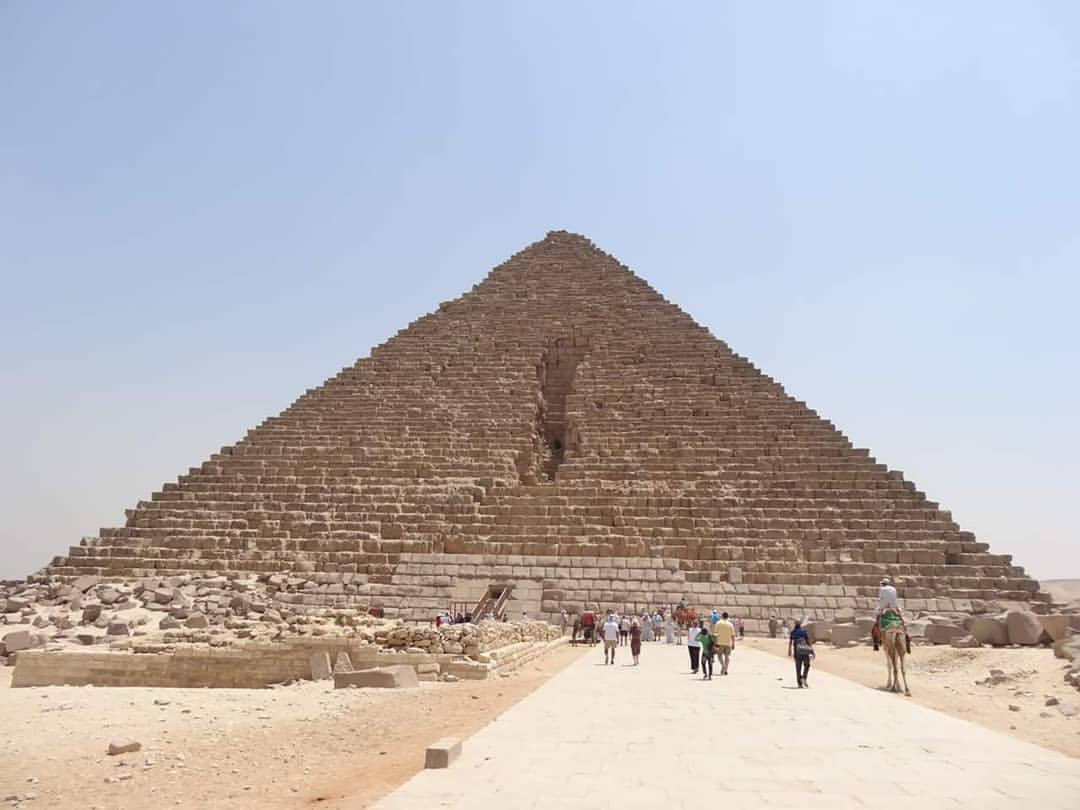
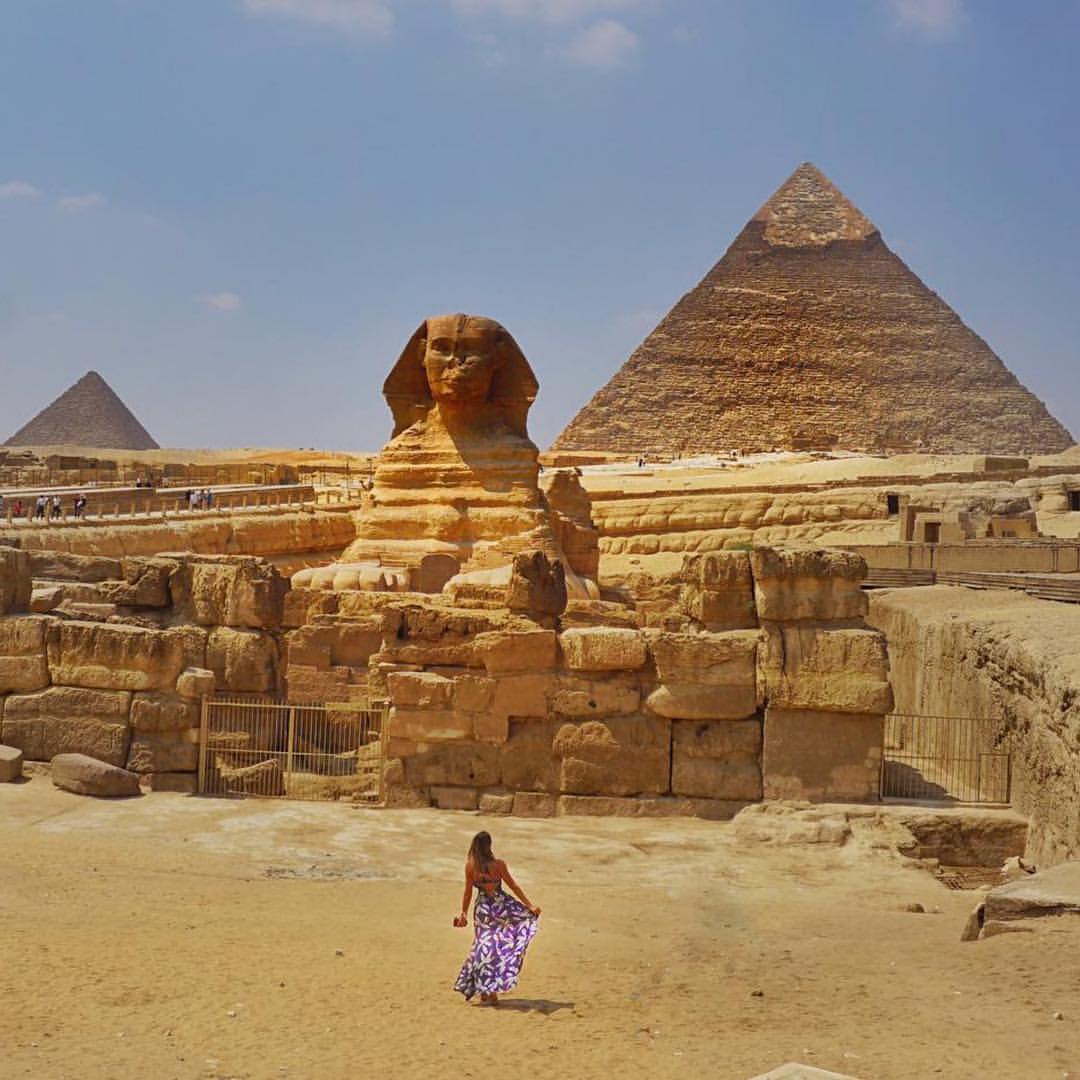
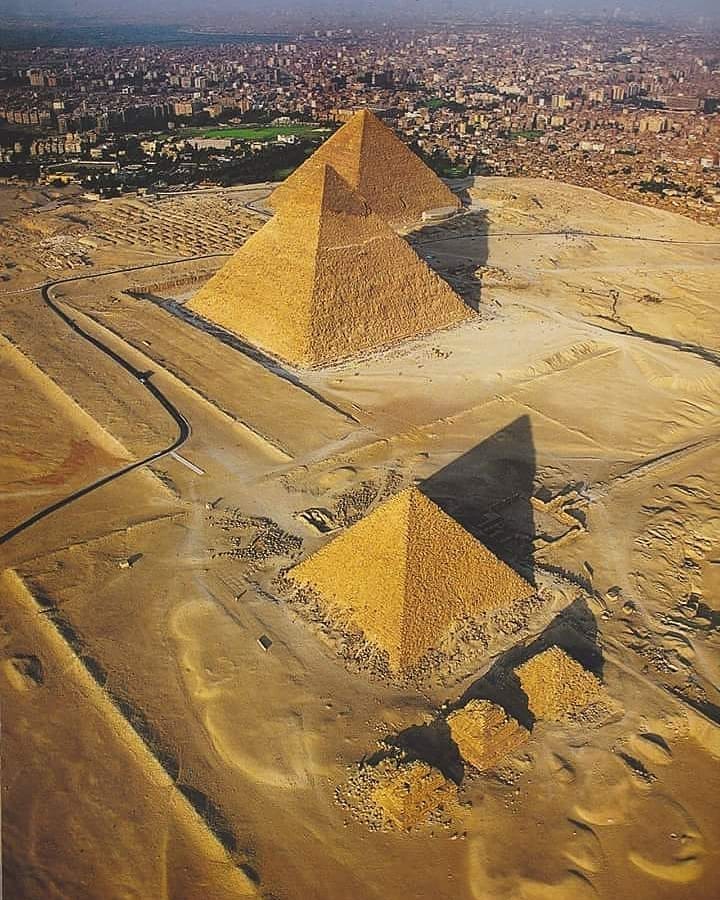
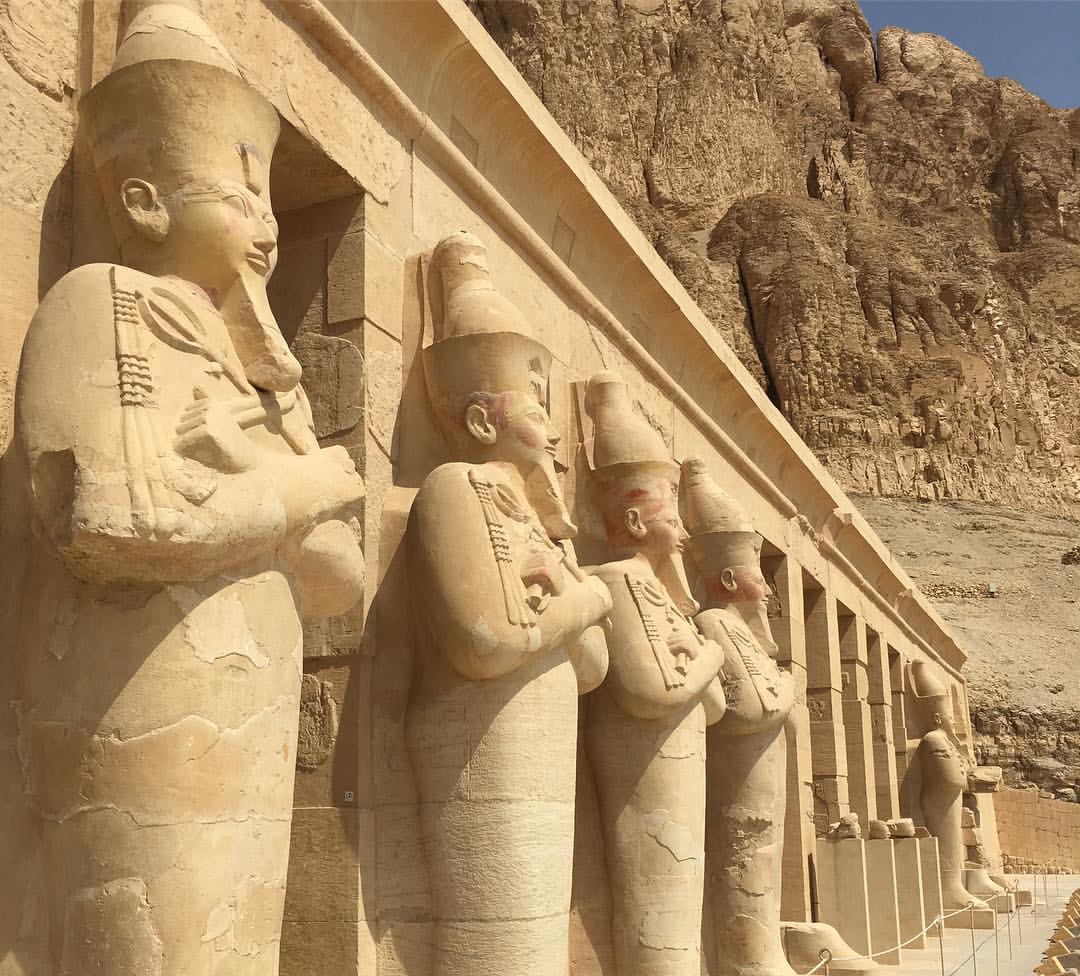
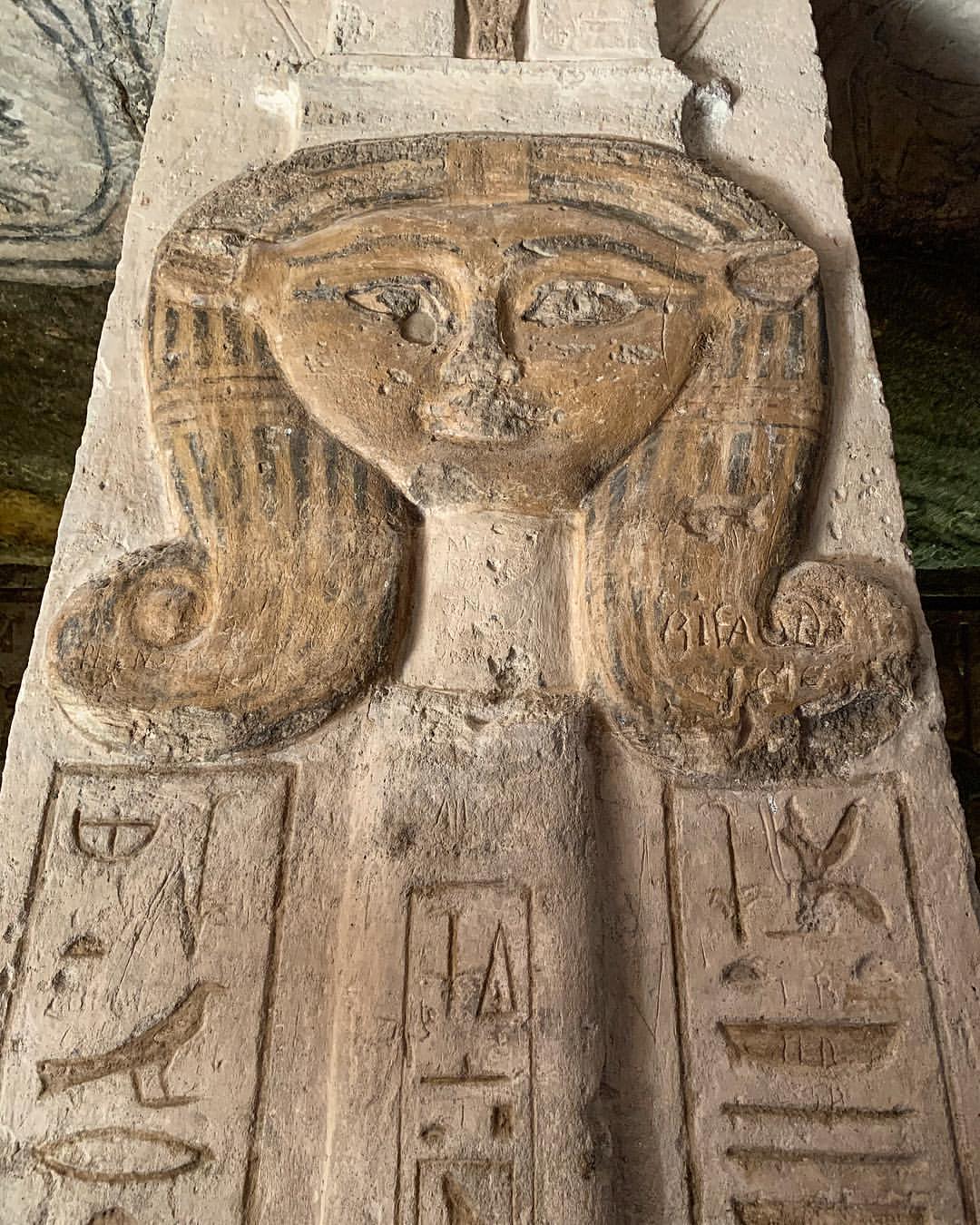
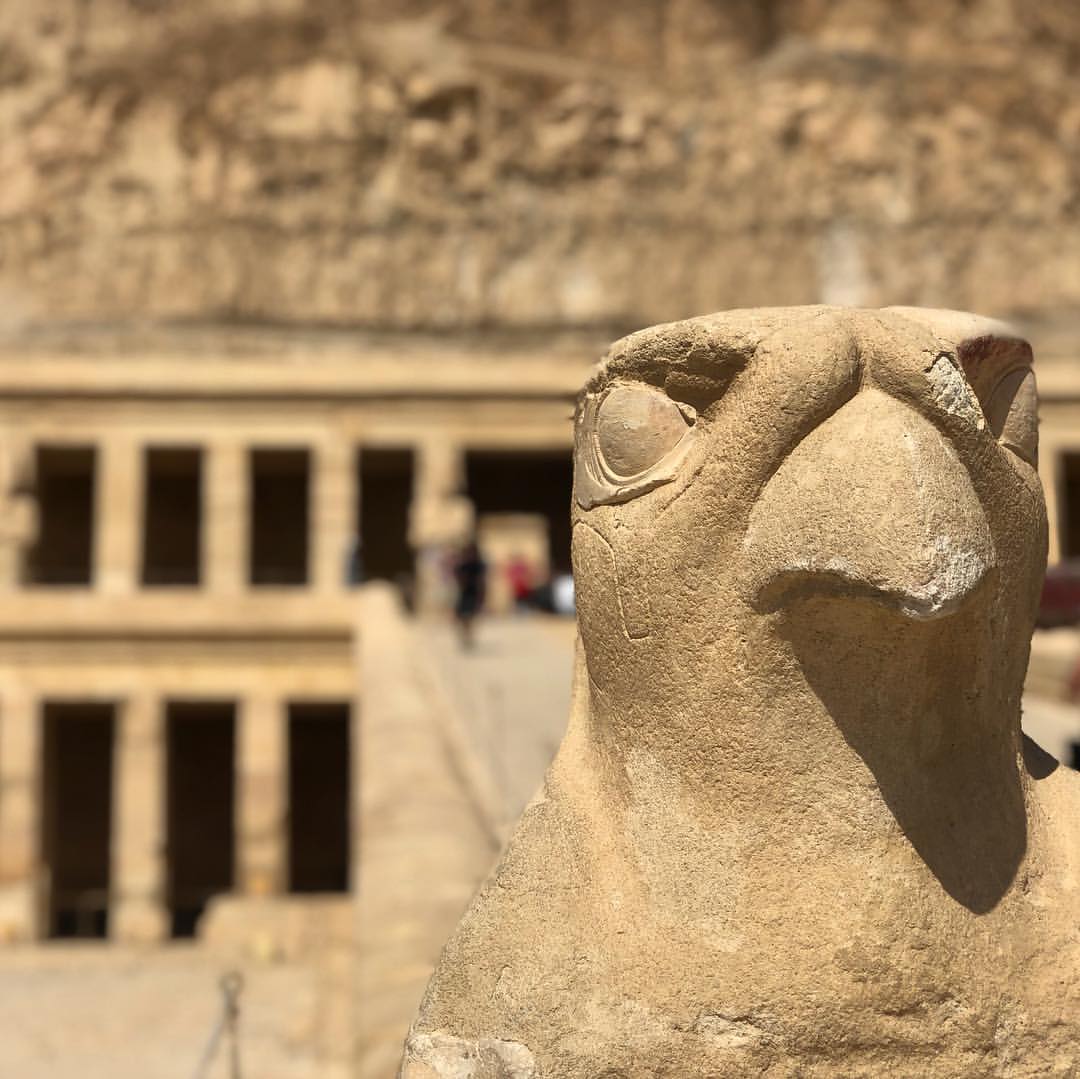
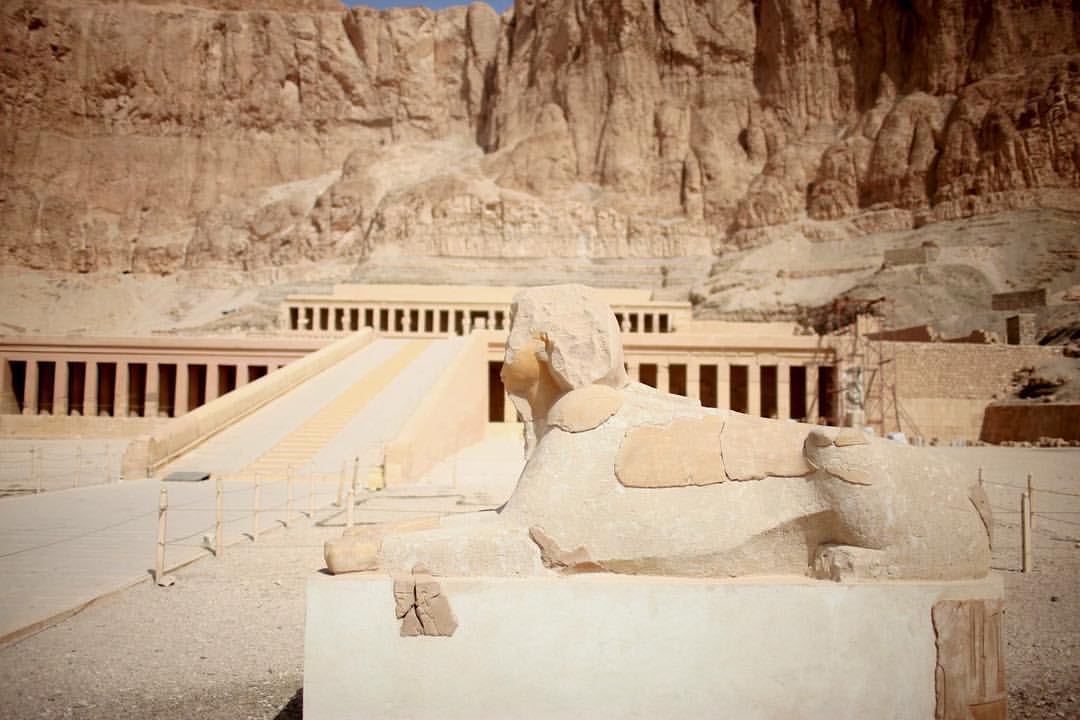
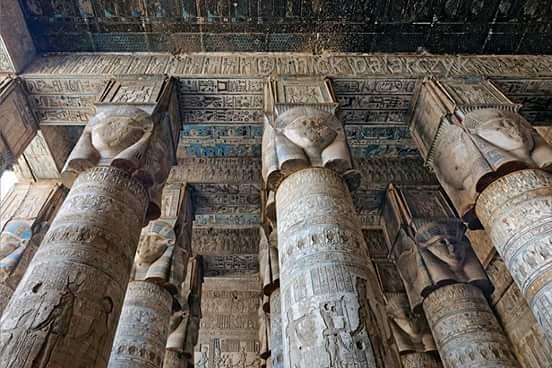
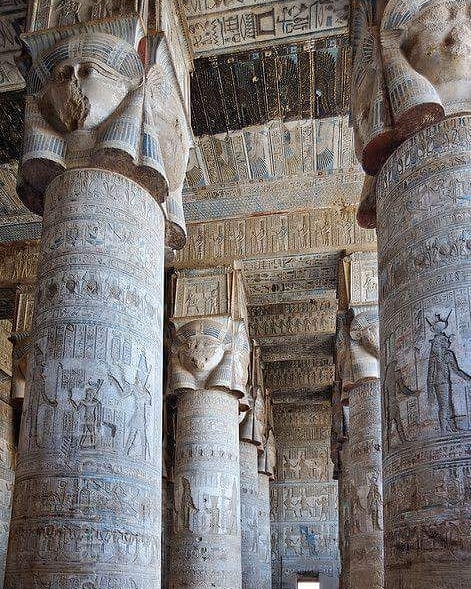
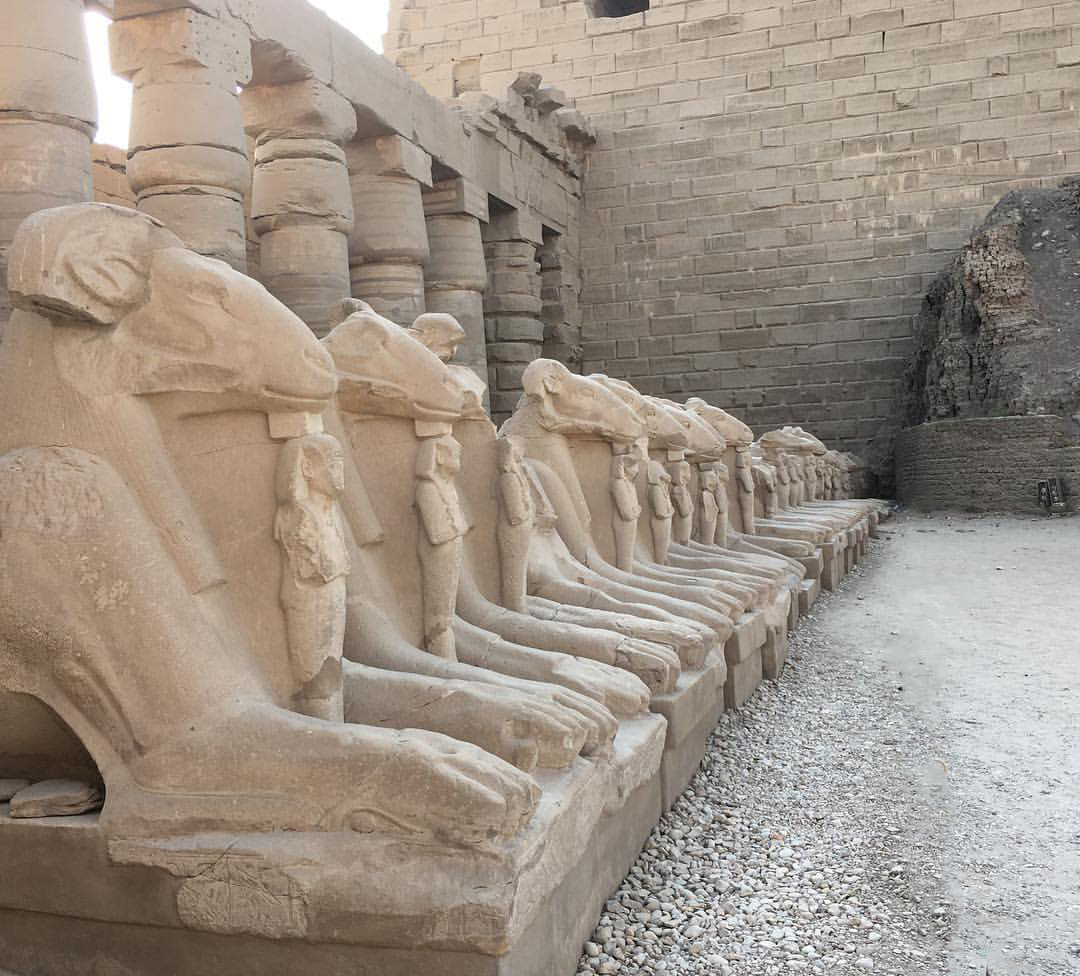
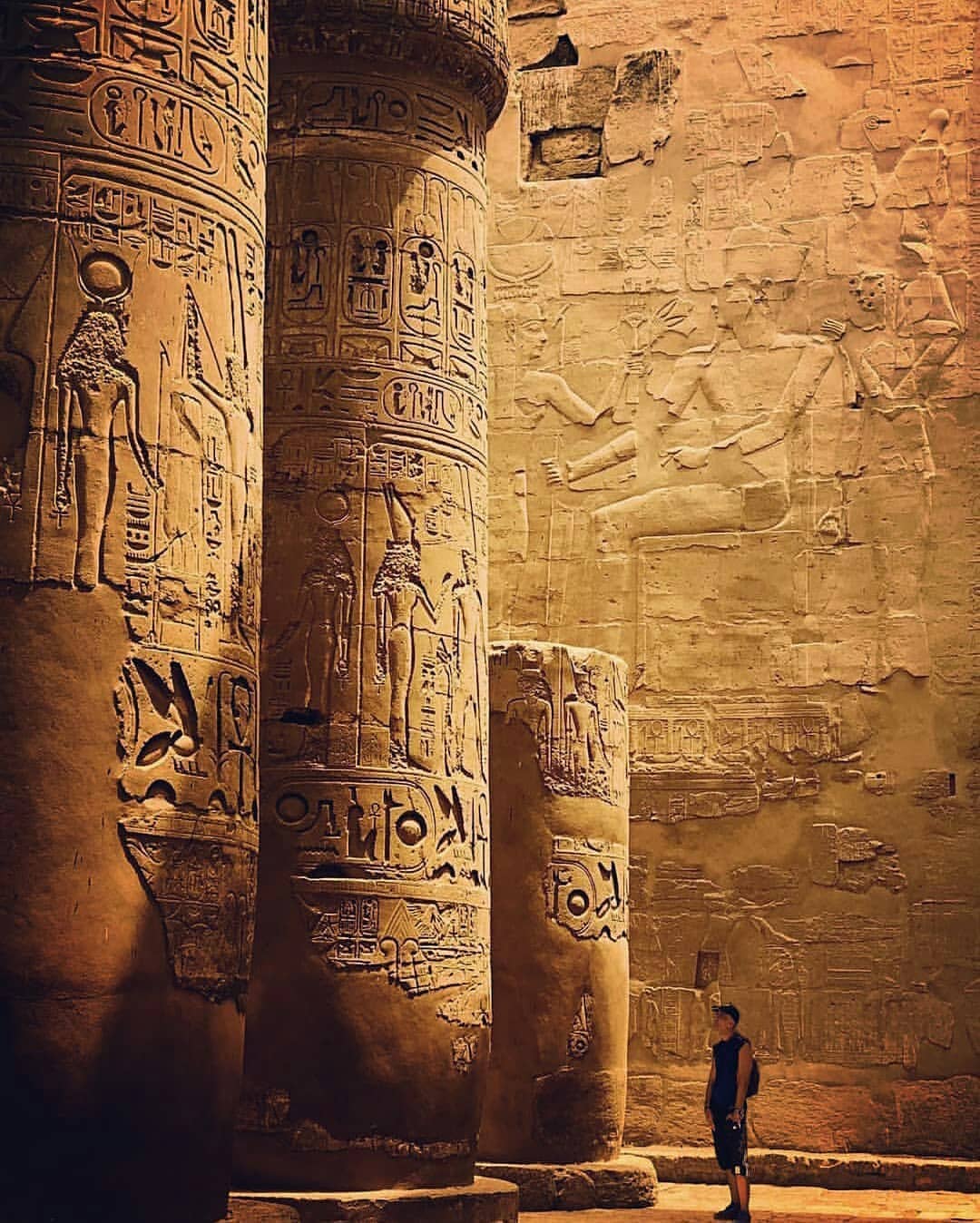
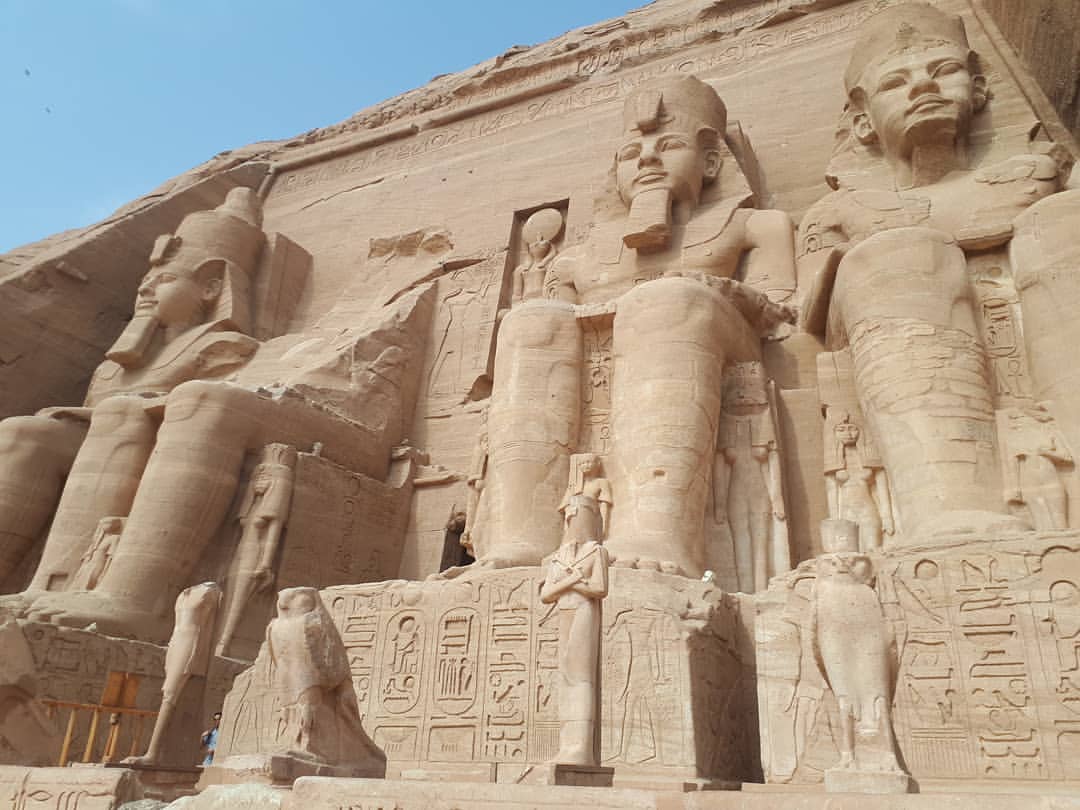
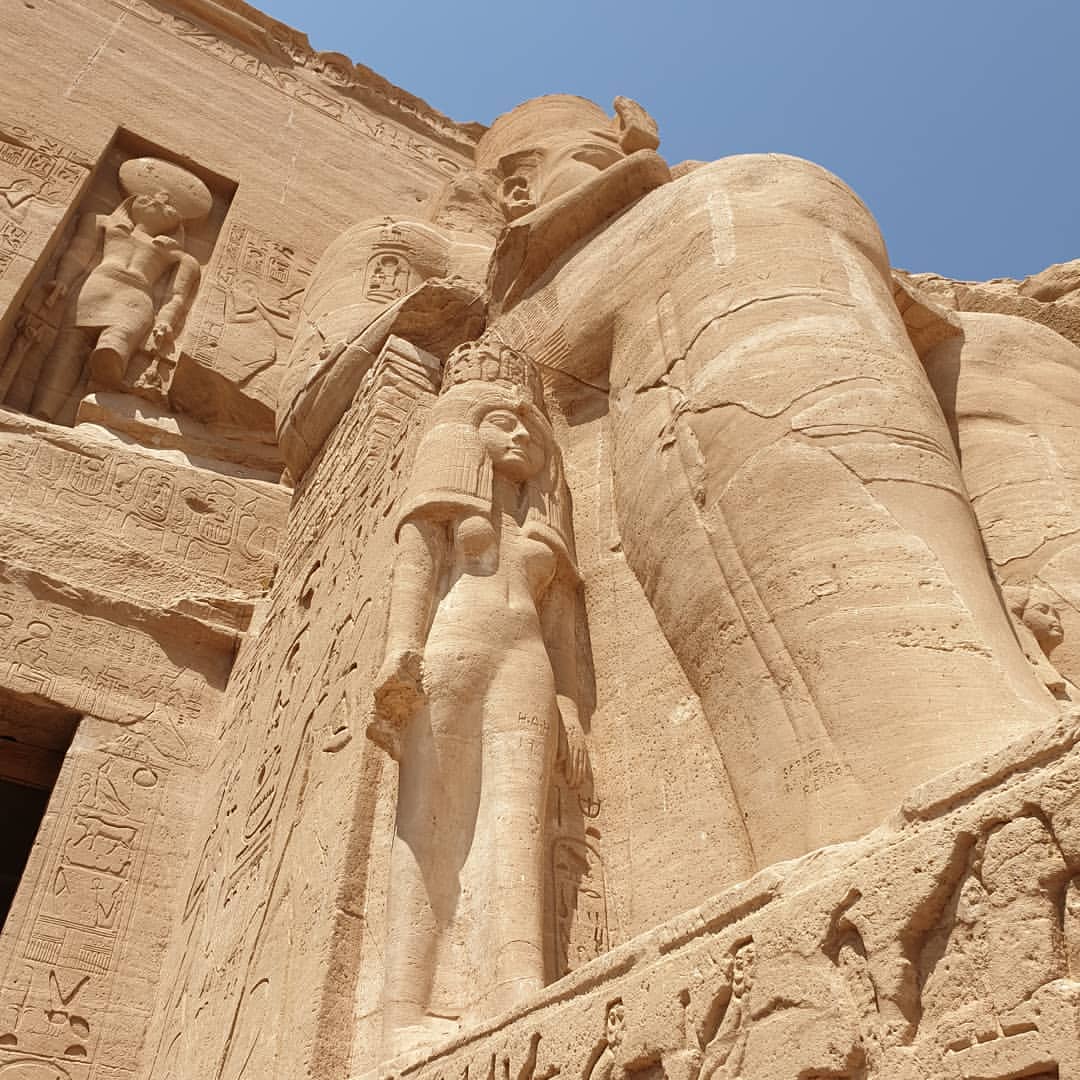
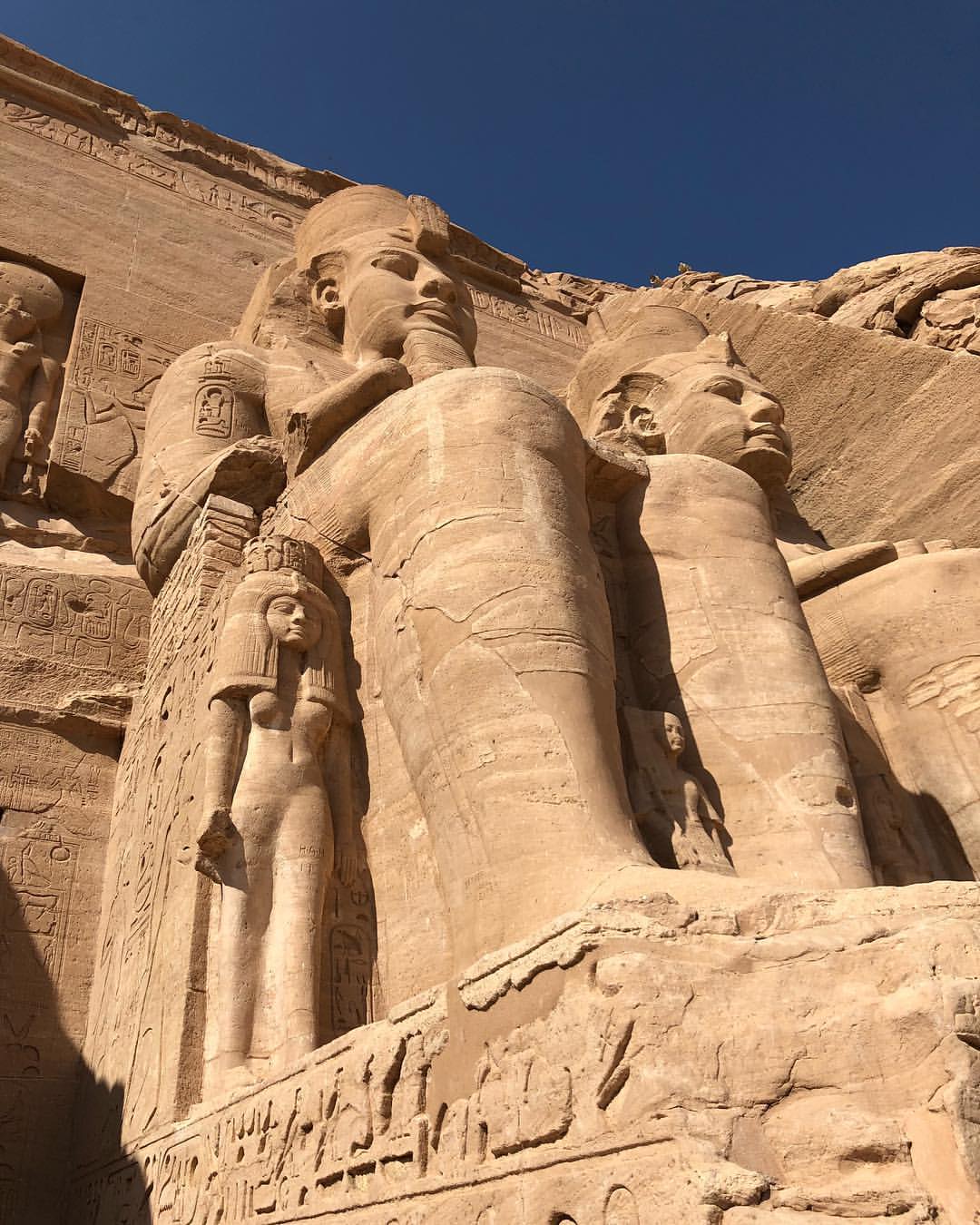
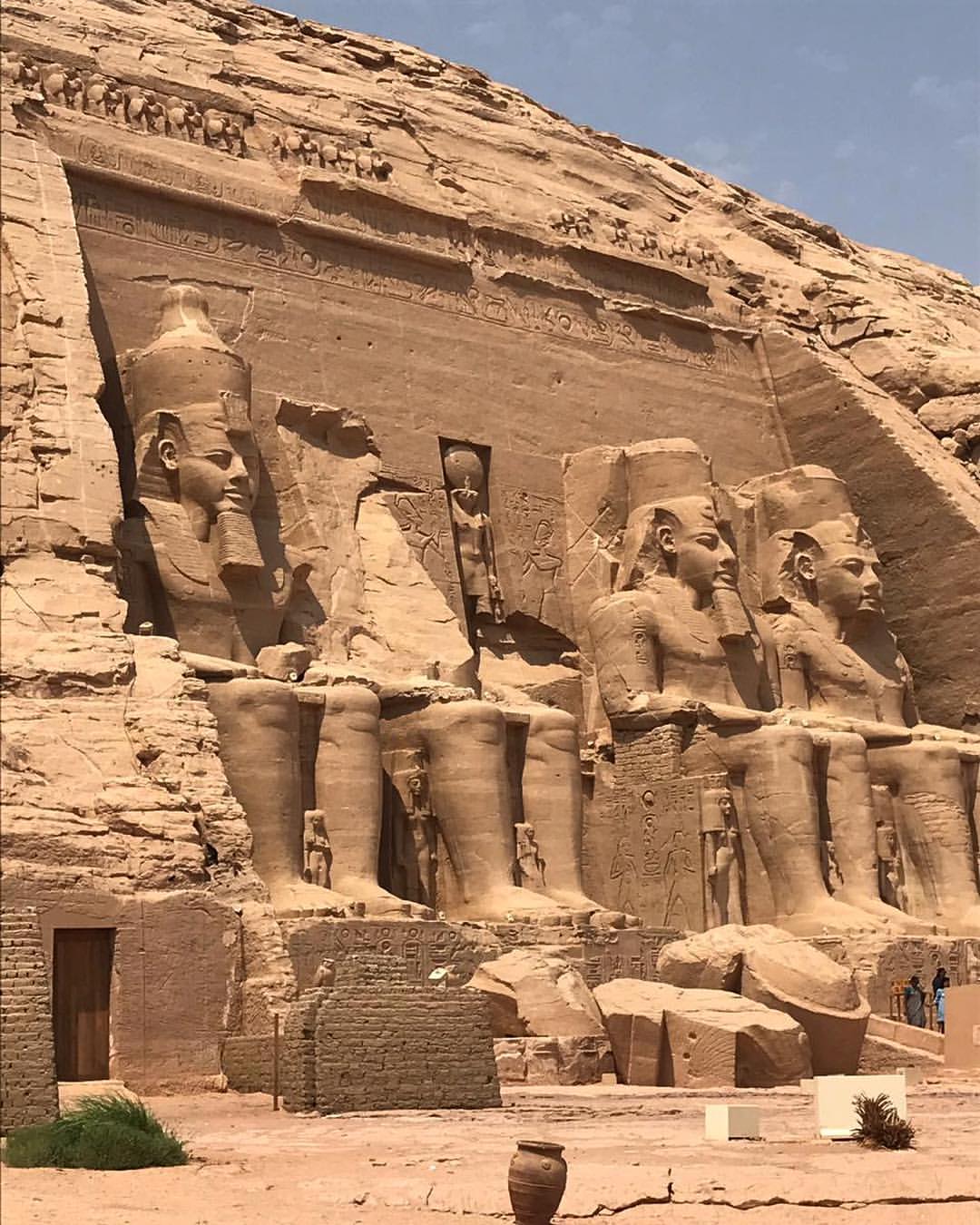
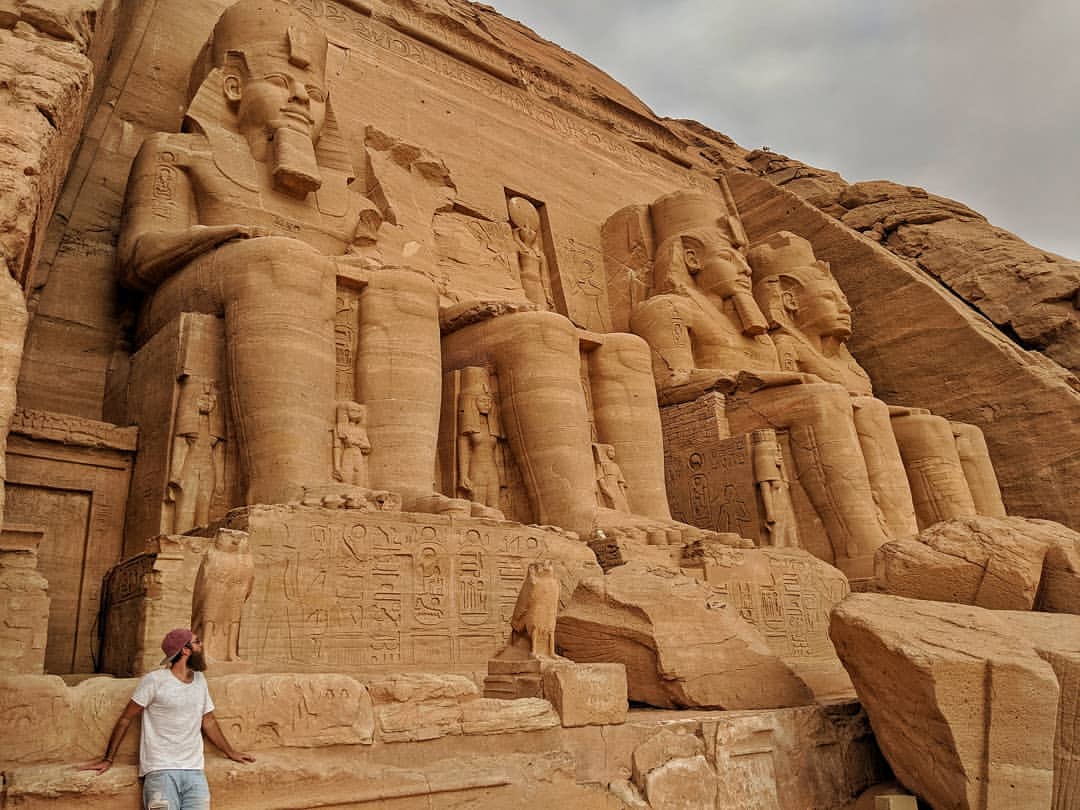
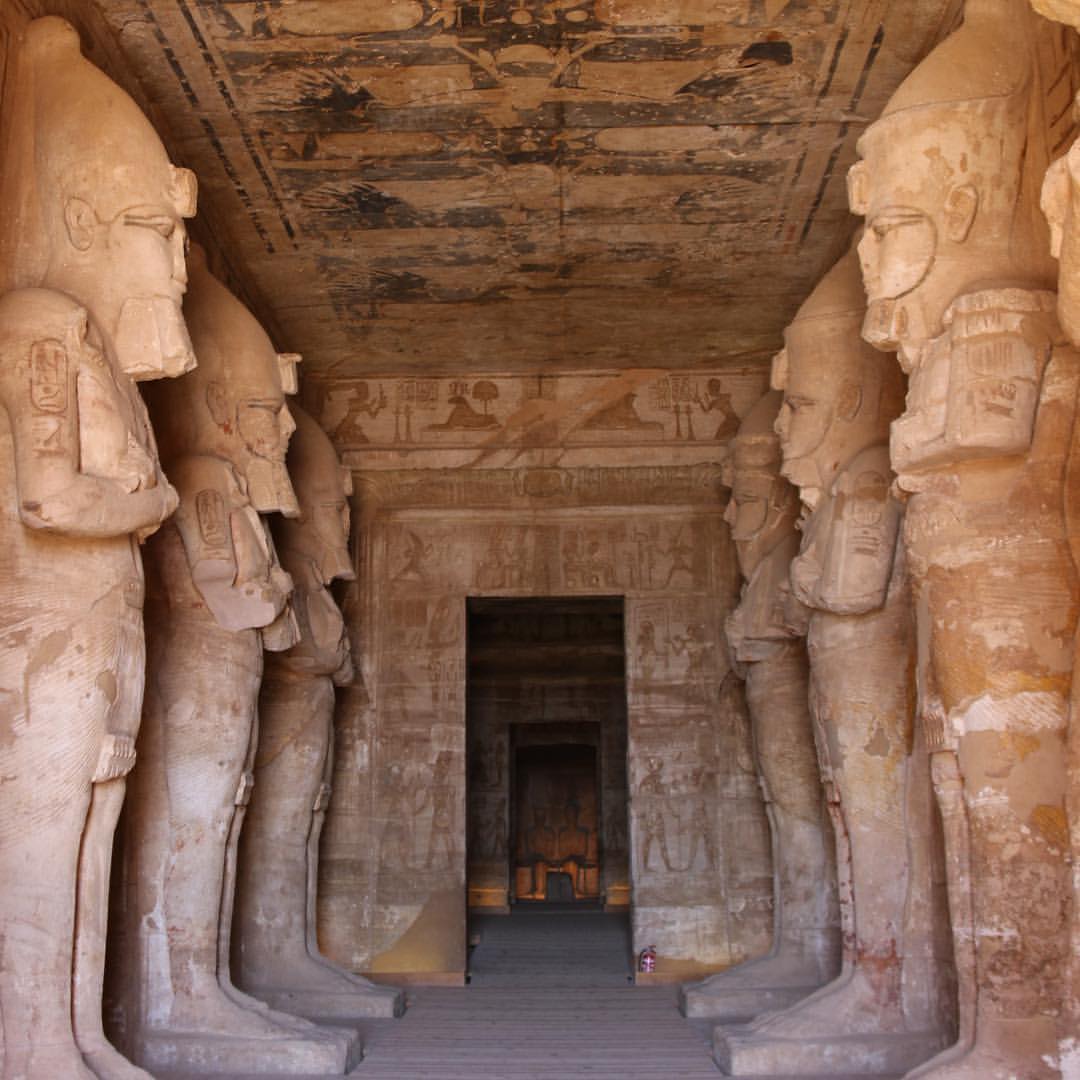
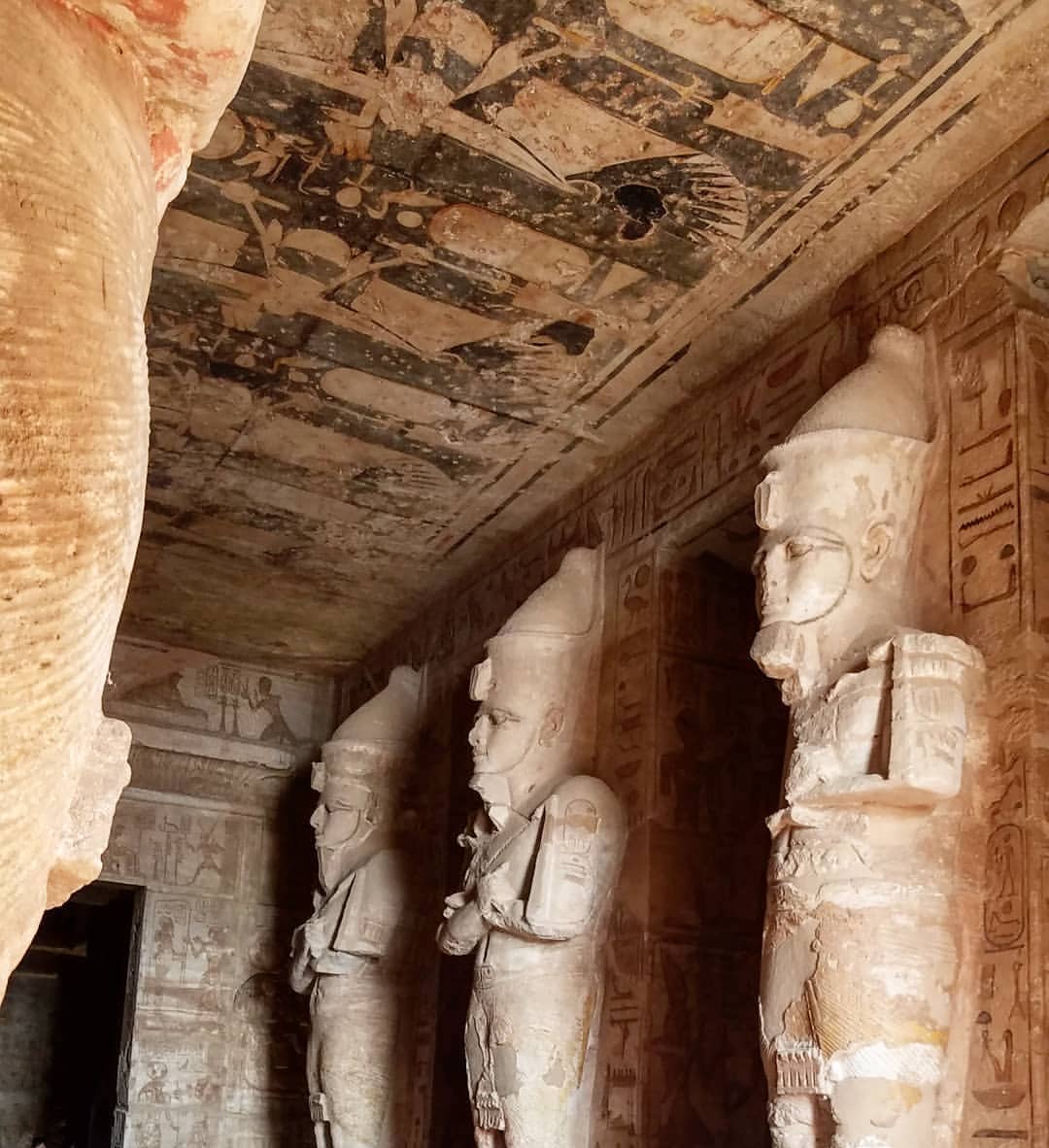
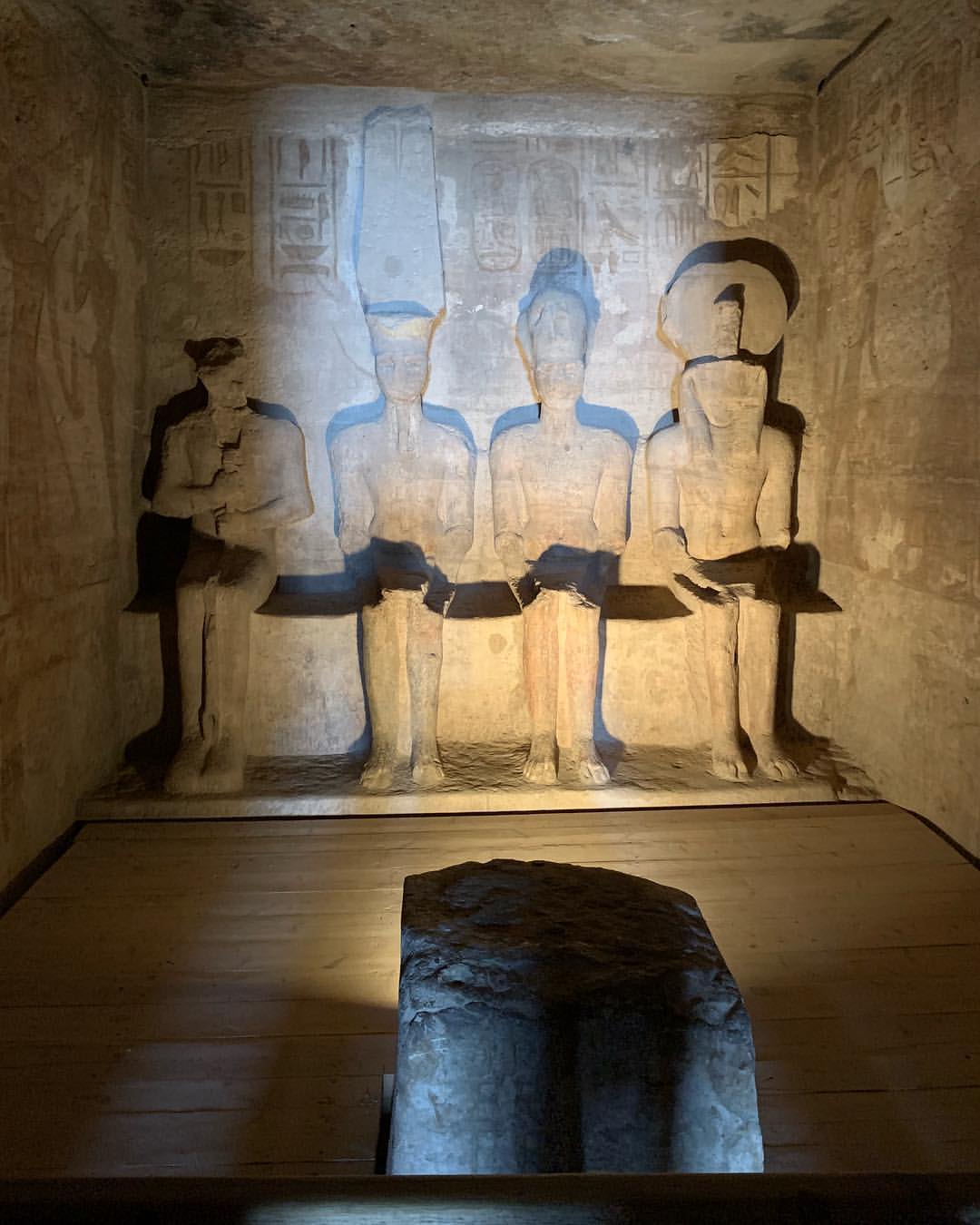
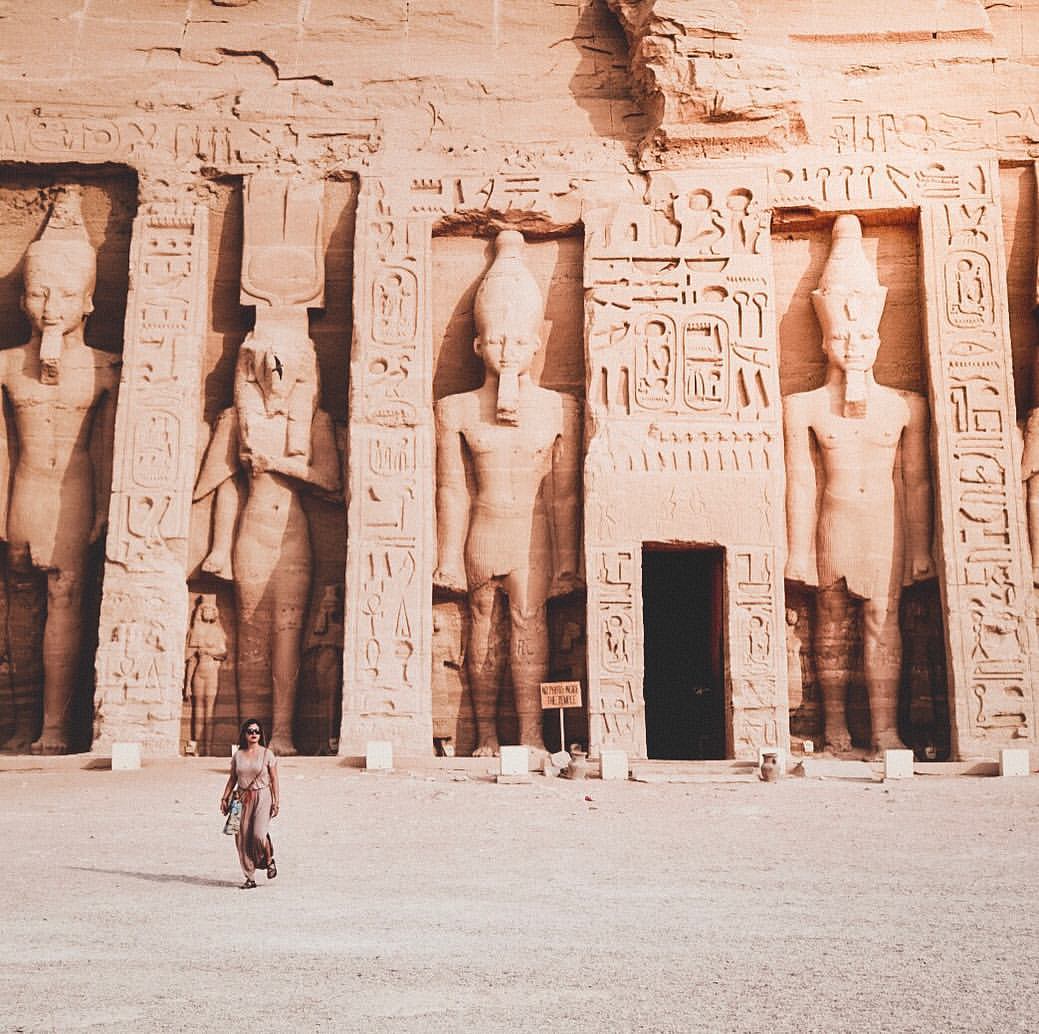
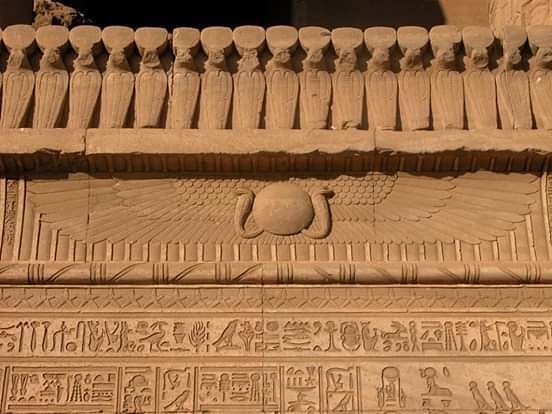
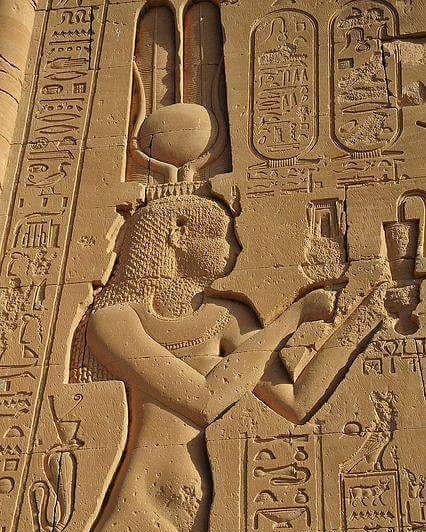
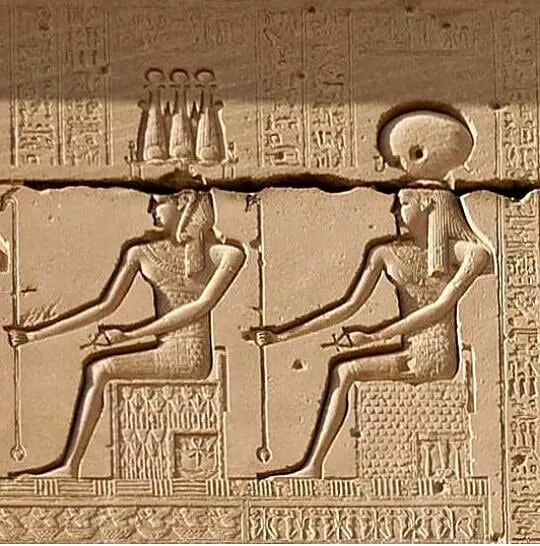
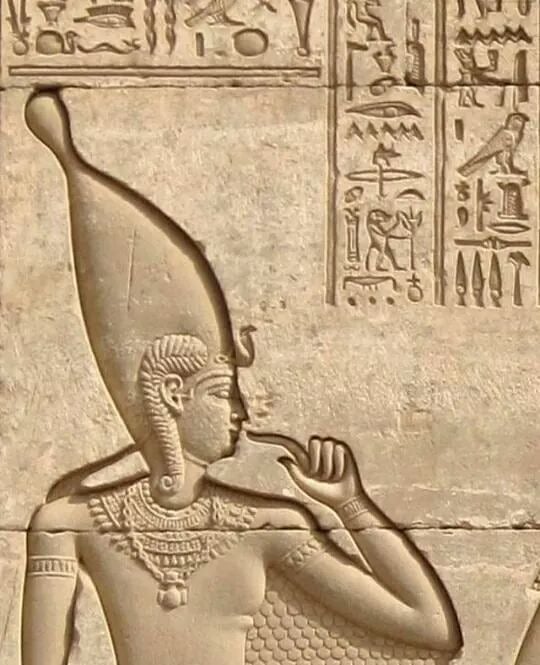
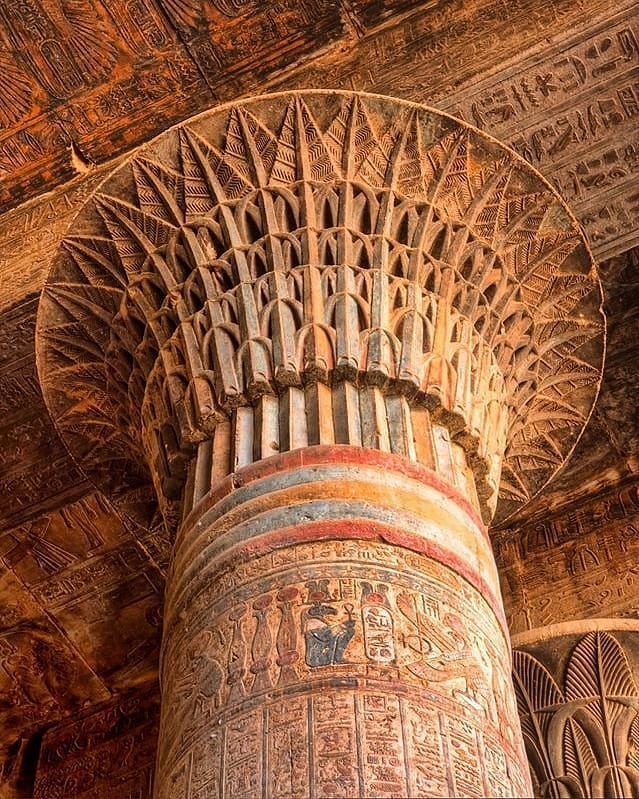
I can't help but wonder what the people who built these monuments were like. Were they like us, with the same wants, needs, and desires? What drove them? What inspired them? Did they suffer the same petty jealousies and insecurities that we do today? Were they as driven to buy, sell, and own stuff as we are? Despite their apparent lack of "technology" were they actually more advanced in certain areas than we are? Did they possess esoteric knowledge we lack, or were they as clueless about the ultimate meaning of "Life, the Universe, and Everything" as we are now?